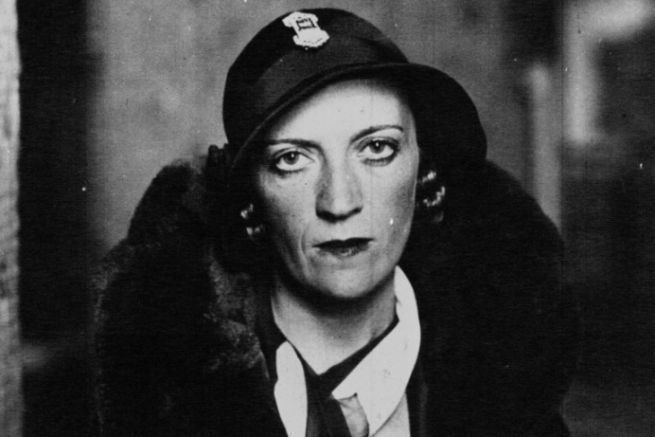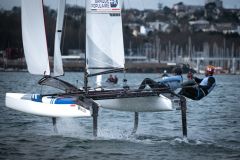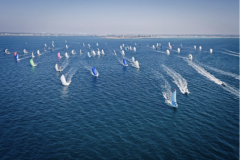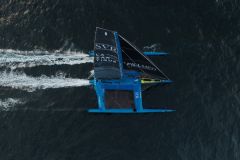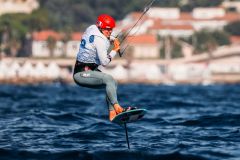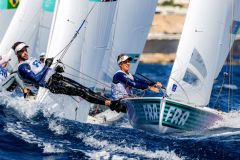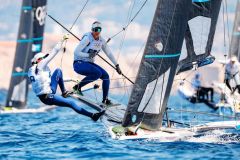A desire to become a "marine
Virginie Claire Désirée Marie Hériot was born on July 25, 1890 in Le Vésinet, Yvelines, a long way from the salty shores that would become her daily life a few years later. She was the daughter of Zacharie Olympe Hériot - nicknamed "the commander" - a wealthy businessman and heir to the Louvre department stores, and Anne-Marie (known as Cyprienne) Dubernet, a former saleswoman at the Louvre department stores. She grew up in a privileged environment, although she suffered the death of her father in 1899 and that of her two-year-old brother.
She discovered the sea in 1904 at the age of 14. She accompanied her brother Auguste and friends on her first cruise aboard Katoomba (later renamed Salvador), a steam yacht that her mother had just purchased. From April to June, she sailed the Mediterranean and met the naval officer Pierre Loti who invited her on board the cruiser-torpedo "Le Vautour" which he commanded.
This first experience triggered her desire to become a "marine". 19 years old, she has already sailed 40,000 miles.
Recovering the French Cup
On May 2, 1910, Virginie Hériot married Viscount François Marie Haincque de Saint Senoch, who was also passionate about the sea. The newlyweds went on their honeymoon on Salvador, which they received as a wedding gift. In 1912, she launched the construction of her first racing boat, the 10mJI Aile I, with which she aimed to recover the French Cup, which had been in the hands of the English for two years. This first regatta in the waters of the Isle of Wight was a failure, but the beginning of a long career of passion for the sea.
On January 5, 1913, Virginie gave birth to her only son, Hubert. She separated from her husband in June 1921, and from then on devoted herself almost exclusively to her passion. She left her Paris apartment to live and sail on the Finlandia, an imposing 85-meter-long steam yacht that she acquired after her divorce. Two years later, she replaced it with Ailée (a former Méteor IV belonging to the German Emperor), a steel schooner of 44.94 m and 400 tons built in 1909 in Kiel.
At the same time, she had several competition sailboats built and followed their design (hull, sail, materials):
- One 10mJI and six 8mJI Wing
- Five 6mJI Small Wing
In 1922, Aile II was beaten in Le Havre during the French Cup by Bera, a Norwegian 8mJI. Despite several defeats, her determination is unfailing and Virginie ends up winning several victories.
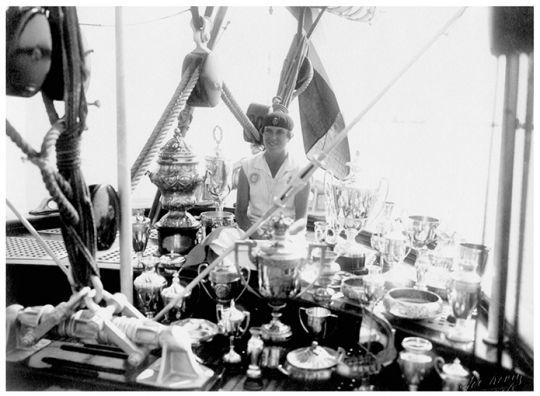
A gold medal at the Olympic Games
In 1928, she won one of her greatest victories. She won the gold medal at the Summer Olympic Games in Amsterdam, leading a crew of 5 men on Aile VI. She also won the Italian Cup against Holland, Italy, England, the United States, Sweden, Norway and Argentina.
In parallel to her victories, Virginie Hériot decided to launch the construction of a new tall ship, finding the performance of Ailée I insufficient. Ailée II is a 57-meter schooner with 1euros116 m2 of sail area, built in England by the Camper and Nicholson yard. She is the pride of her owner and sails 10 months out of 12 with a crew of 24 men on board.
The following year, it finally took back the French Cup from the English, still on Aile VI, and once again won the Italian Cup and the Spanish King's Cup.
In 1931, she beat the three-masted Sonia II (Nicholson design of 1930) by 9 minutes and 40 seconds on the Ryde-Le Havre-Ryde course.
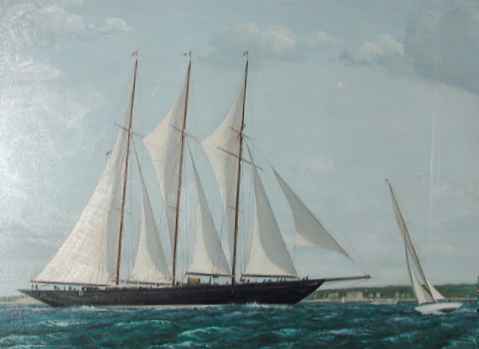
An ambassador of yachting to the world
Virginie Hériot became one of the great figures of yachting, at a time when this sport, although one of the only ones to be mixed, was reserved for the elite. Awarded the Legion of Honor, she was then decorated with the Spanish Naval Merit in 1930 by King Alfonso XIII, who came to visit her on his sailing yacht. The Indian poet Rabindranath Tagore nicknamed her "Madam of the Sea", while the English admired her and called her "greatest yachtwoman in the world."
Ambassador of the French Navy, she travels around the world to hold conferences, popularize sailing, and make (re) known the French know-how in shipbuilding. She wrote several books on the world of the sea, including a collection of poems "Une âme à la mer" (A soul at sea) distinguished by the French Academy. She also made numerous donations, notably to the Yacht-Club de France and the École Navale.
In 1931, she was unable to defend her Olympic title, having failed to assemble the 10-man crew she needed for her two yachts.
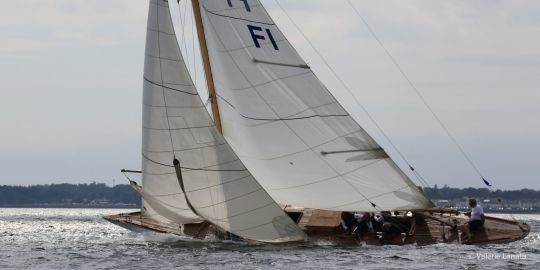
The last regatta
In early 1932, Virginie Hériot suffered serious injuries to her ribs and liver during a storm between Venice and Greece. Warned by her family about continuing to compete, she nevertheless decided to participate in the Arcachon Club's 50th Anniversary Regatta. She lost consciousness on board her 8mJI Aile VII before the start on August 27 and collapsed again when crossing the finish line. She died on August 28, 1932 at the age of 42 on board her boat.
She wanted her body to be thrown into the sea, off the coast of Brittany, but her mother could not bring herself to do so. Virginie Hériot was buried in the family vault at La Boissières-Ecole (near Rambouillet) after a mass in Paris on September 2, 1932. When his grandmother died, Hubert decided to fulfill his mother's last wishes. Virginie's coffin was put to sea in Brest in 1948.
Several of her boats were bequeathed to the École Navale, such as Petite Aile II, III and V, which participated in the Grandes Régates de Brest in the spring of 1932. Ailée II was also bequeathed to the École Navale before being scuttled by the Germans in 1944. The cost of rebuilding the ship was too high and only the bronze and lead of the keel were salvaged.
